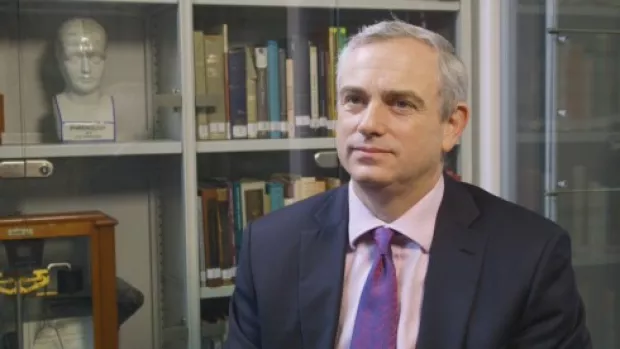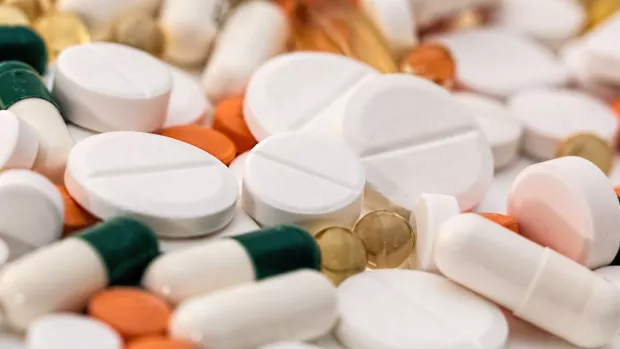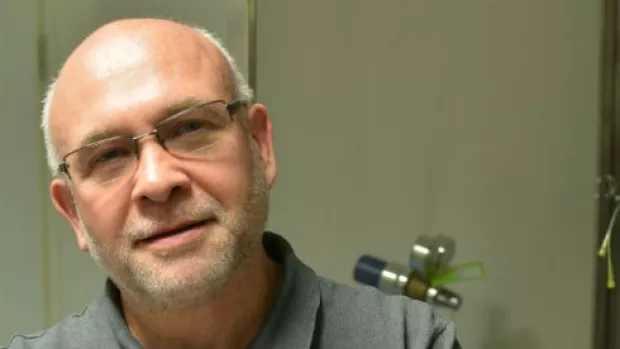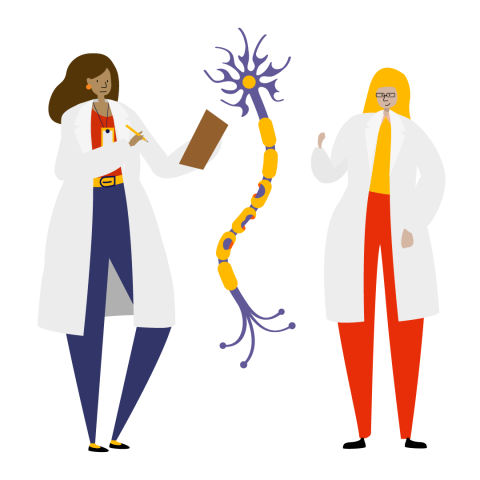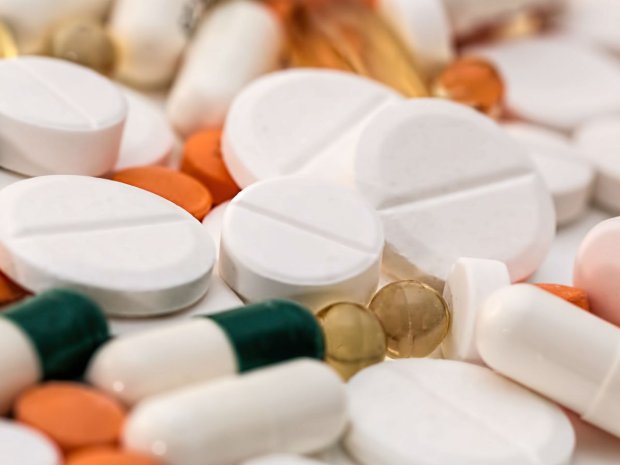
Under the microscope: repurposing drugs for MS
Many trials for people with MS are testing repurposed drugs. This means finding a new use for existing medicines. But how can one drug treat multiple conditions? And, if a drug has been tested before, why would we test it again?
What is repurposing?
You might think every drug is specifically designed for each condition. But actually many start out as a treatment for something completely different.
When you take a drug, it will likely reach multiple parts of your body. So it acts in multiple ways. This is why drugs have side effects. Researchers sometimes realise side effects of a drug are actually helpful to other people. This is when they can repurpose the drug for a different condition.
One famous story of drug repurposing is Viagra. The company chanced upon Viagra’s promise for treating erectile dysfunction during clinical trials. It was originally tested as a treatment for high blood pressure.
Sometimes the journey is more deliberate. Researchers can test hundreds or even thousands of existing drugs in the lab for a different condition and reveal a new use.
Cladribine and HSCT were originally treatments for cancers. They were tested in clinical trials. Now, they’re both licensed for treating relapsing MS.
The benefits of repurposing drugs
The process of developing new drugs from scratch is time consuming and costly. And there are people with MS who can’t wait for treatments to slow the progression of their MS. Tapping into the potential of existing drugs could get us there sooner.
When researchers are searching for new drugs for a condition, there are many stages before it can go to a clinical trial. For example, they’ll check if it’s effective using cells in the lab. And they'll see how it affects a whole body by using animals with the condition.
Then they’ll carry out small trials with people without the condition to check it’s safe. Finally, they can carry out large studies for people with the condition to test if it’s effective.
Read more about the drug discovery process
Read about the journey of another treatment for MS, ocrelizumab
By repurposing a drug, we know there’s good evidence it’s safe for people. So we’re starting further along in the process. Researchers pick up a drug that’s passed those initial safety trials with people to find out if it’s safe and effective for a specific condition. This speeds up the overall process. Because all these steps are expensive, it also means the costs are reduced.
Why we still need to test in clinical trials
We still need to run clinical trials when we repurpose a drug for MS. All drugs need to prove they can treat a condition in a trial before they can be prescribed.
Even if we know it’s generally safe for people. There might be effects from the drug which are specific to people with MS. For example, bexarotene, a cancer drug, was trialed for people with MS. Results showed it could repair myelin, but it had serious side effects, so it didn’t move into the next trial phase.
Read more about what we learned from the bexarotene trial
The formula or dose of the drug might be different. So the first people taking the drug need to be carefully monitored by healthcare professionals.
What’s next for repurposing drugs for people with MS?
Some of our current clinical trials for people with MS are trialing repurposed drugs. For example, the MS-STAT2, CCMR and Octopus trials. Read more about our current clinical trials using repurposed drugs:
